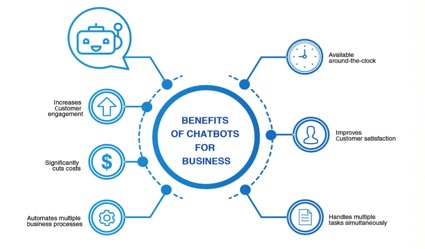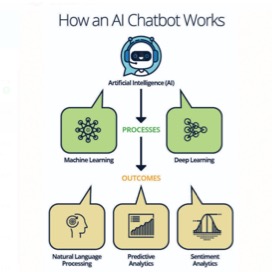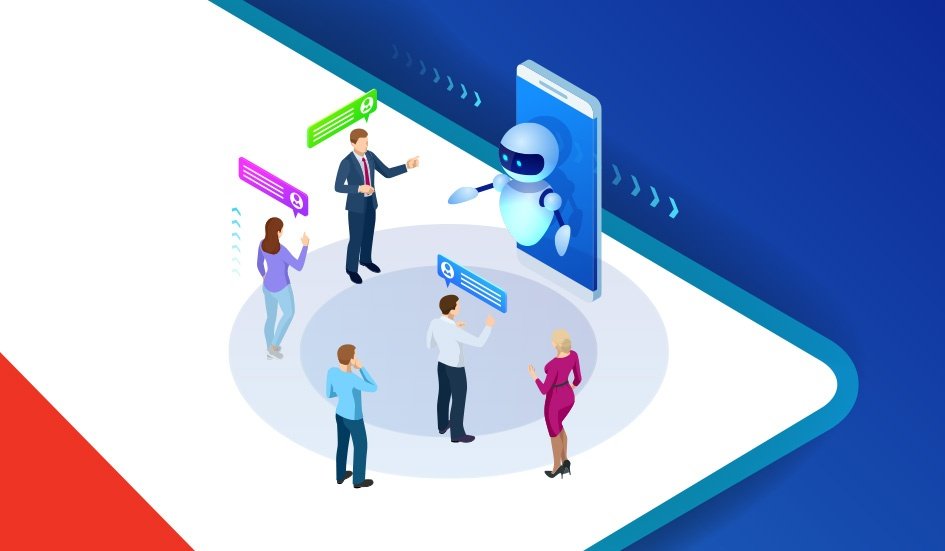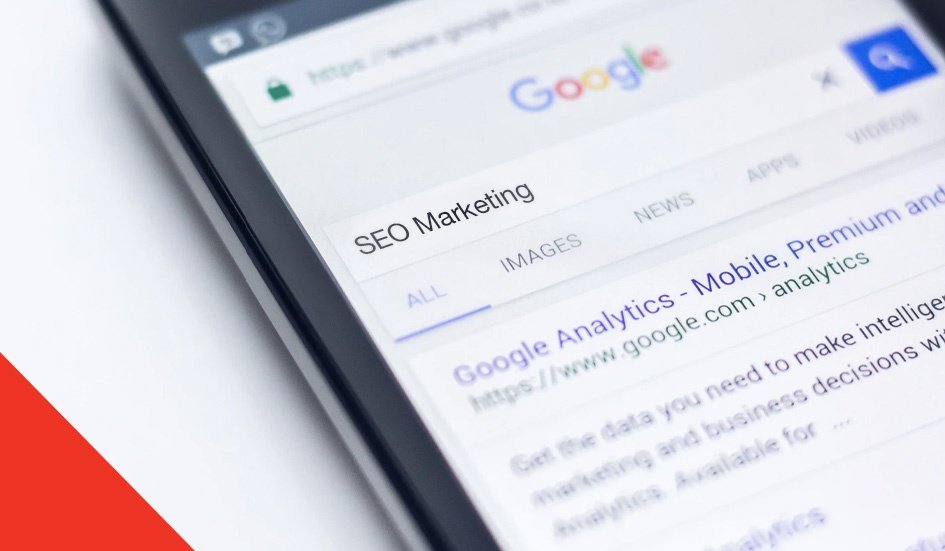What is a chatbot and how to use it for business?
The development of artificial intelligence is now in full swing and chatbots are only a splash on a huge wave of progress. Nowadays, the number of people using messaging apps namely WhatsApp and Slack Skype is soaring, Facebook Messenger alone has more than 1.2 billion users per month.
What is a chatbot?
A chatbot is a computer program that allows humans to interact with technology using a variety of input methods such as voice, text, gesture and touch, 24/7 365.
For several years chatbots were typically used in customer service environments but are now being used in a variety of other roles within enterprises to improve customer experience and business efficiencies.
Known by a variety of different names such as a conversational AI bot, AI assistant, intelligent virtual assistant, virtual customer assistant, digital assistant, conversational agent, virtual agent, conversational interface and more, chatbots are growing in popularity.
But just as chatbots have a variety of different names, they also have varying degrees of intelligence.
A basic chatbot might be little more than a front-end solution for answering standard FAQs.
Chatbots built using some of the bot frameworks currently available may offer slightly more advanced features like slot filling or other simple transactional capability, such as taking pizza orders.
But, it’s only advanced conversational AI chatbots that have the intelligence and capability to deliver the sophisticated chatbot experience most enterprises are looking to deploy.
Online chatbots save time and efforts by automating customer support. Gartner forecasts that over 85% of customer interactions will be handled without a human by 2020. With the spread of messengers, virtual assistants that imitate human conversations for solving various tasks are becoming sought-after. Chinese WeChat bots can set medical appointments, call a taxi, send money to friends, check in for a flight and many other.
However, the opportunities provided by chatbot systems go far beyond giving responses to customers’ inquiries. They are used for other business tasks, like collecting data about users, conducting in-depth analytics and insights on customer behaviour and accelerating revenue opportunities.
Why are Chatbots so Popular?
Smartphones, wearables and the Internet of things (IoT) have changed the technology landscape in recent years. As digital artefacts got smaller, the computing power inside has become greater.
But mobile apps and data-heavy activities don’t go hand in hand. Wading through complicated menus isn’t the fast and seamless user experience businesses need to deliver today.
In addition, consumers are no longer content to be restricted by the communication methods chosen by an organization. They want to interface with technology across a wide number of channels.
Chatbots offer a way to solve these issues by allowing customers to simply ask for whatever they need, across multiple channels, wherever they are, night or day.
The development of artificial intelligence is now in full swing and chatbots are only a splash on a huge wave of progress. Nowadays, the number of people using messaging apps namely WhatsApp and Slack Skype is soaring, Facebook Messenger alone has more than 1.2 billion users per month.
How do Chatbots Work?
On a simple level, a human interacts with a chatbot.
If voice is used, the chatbot first turns the voice data input into text (using Automatic Speech Recognition (ASR) technology). Text only chatbots such as text-based messaging services skip this step.
The chatbot then analyses the text input, considers the best response and delivers that back to the user. The chatbot’s reply output may be delivered in any number of ways such as written text, voice via Text to Speech (TTS) tools, or perhaps by completing a task.
It’s worth noting that, understanding humans isn’t easy for a machine. The subtle and nuanced way humans communicate is a very complex task to recreate artificially, which is why chatbots use several natural language principles:
Natural Language Processing (NLP)
Natural Language Processing is used to split the user input into sentences and words. It also standardizes the text through a series of techniques, for example, converting it all to lowercase or correcting spelling mistakes before determining if the word is an adjective or verb – it’s at this stage where other factors such as sentiment are also considered.
Natural Language Understanding (NLU)
Natural Language Understanding helps the chatbot understand what the user said using both general and domain specific language objects such as lexicons, synonyms and themes. These are then used in conjunction with algorithms or rules to construct dialogue flows that tell the chatbot how to respond.
Natural Language Generation (NLG)
Delivering a meaningful, personalized experience beyond pre-scripted responses requires natural language generation. This enables the chatbot to interrogate data repositories, including integrated back-end systems and third-party databases, and to use that information in creating a response.
What are chatbots delivering?
A chatbot is basically a computer program that can interact with humans over the internet. Their simulation of human language and behavior provides several benefits that can be used in business.
Provide Greater Customer Experience
The main benefit of using chatbots in business is that they give greater customer satisfaction. Customers who pull up website can ask questions and get answers right away. If they have product questions they may get the answers they need to complete sales. This can further increase business profits.

Frustrated customers who don’t get quick answers may leave website and never return. Chatbots can eliminate that scenario and help you keep your customers.
Increase Customer Base
There is another benefit of using chatbots in business. They may help enterprises reach more people which can increase your customer base.
Since chatbots can be used in many applications, enterprises can take advantage of that to help businesses grow. Chatbots can answer multiple questions at the same time as well.
Streamline Procedures and Automation
Other benefits of using chatbots in business are that they help businesses streamline procedures and automation. When used on website they can provide fast, automated answers to most questions. Their use prevents customers from waiting a day or longer to receive responses as they would have in the past. This enables business to serve greater numbers of people while saving costs.
NDN Group and Mobinology’s chatbot service and solution
NDN Group and Mobinology, world-class business software developer, has forged global partnership to deliver enterprise-grade chatbot solution to empower enterprises to accelerate business growth. Powered by leading artificial intelligence and cloud computing technologies, the industry-leading and end-to-end chatbot solution enables global and regional enterprises with secure, scalable and agile operations, combined with machine learning and data analytics capabilities. The all-in-one chatbot solution defines new pathways for enterprises to deliver seamless and personalized customer experience.
NDN Group and Mobinology’s intelligent chatbot offers distinctive capabilities at scale. We design immersive dialogue flow to chart out extraordinary dialogue and conversational flow to create high-impact and personalised customer experience. We also curate tone of voice and manner to reflect enterprises’ branding for creating maximum customer engagement and loyalty, and bot personality and persona to interact with users and immerse them in conversational journey.
The self-intelligent bot learns from the inputs it experiences and garners deep understanding on the intent behind customer requests as well as provide smart answers. Also, the bot augments the importance of Big Data through their automated data collection that enables enterprises to conduct in-depth analysis on the conversational journey and understand end-user behaviour. The Natural Language Processing (NLP) powers all forms of language recognition including Cantonese and switch languages to enable enterprises extend global reach.
The bot uses their wealth of knowledge to provide comprehensive answers to queries. It is also specially designed to parse documents, crawl website content and convert into rule-defined structure data. It is empowered to use real-time information for accelerating revenue opportunities automatically after conversation with customers.
Types of chatbots
Depending on how the specific bots were programmed, we can divide them into two large groups: working according to pre-prepared commands – simple chatbot and AI-powered chatbot.

Simple chatbots work based on pre-written keywords that they understand. Each of these commands must be written by the developer separately using regular expressions or other forms of string analysis.
Smart chatbots rely on artificial intelligence when they communicate with users. Instead of pre-prepared answers, the robot responds with adequate suggestions on the topic. In addition, all the words said by the customers are recorded for later processing.
Many business owners are beginning to understand what benefits chatbots can bring to them. This technology is still in an early stage, its capabilities continue increasing and the best chatbots have yet to be created. Invest in building a chatbot for your business and be at the forefront of innovation.
Enquires on NDN Group and Mobinology’s chatbot solution:
NDN Group email: [email protected]
Mobinology email: [email protected]







